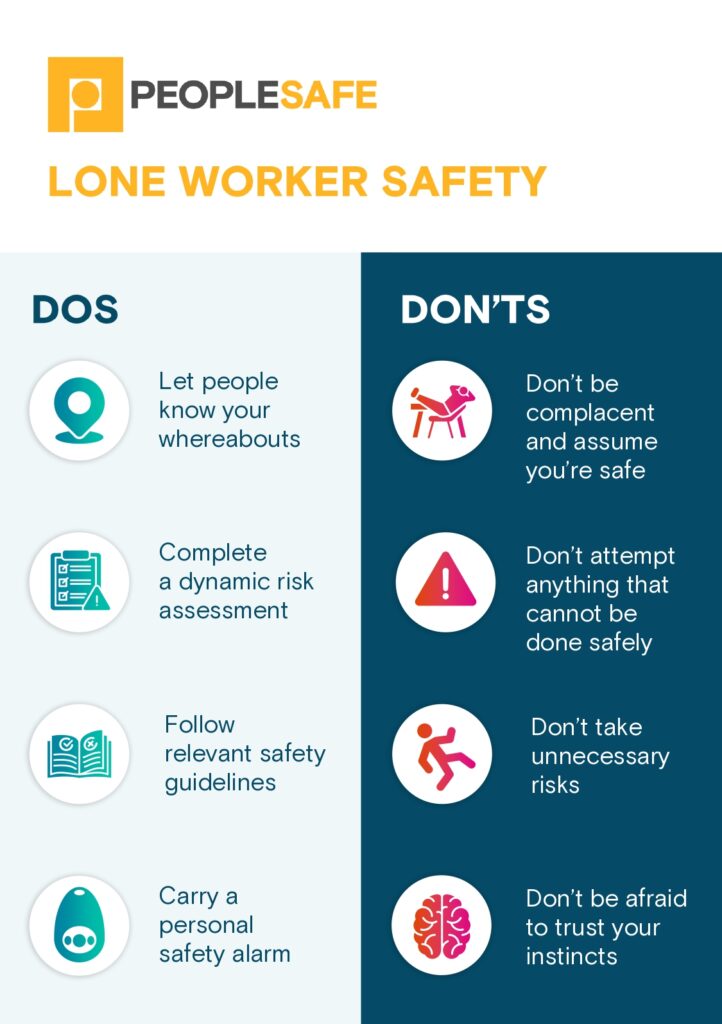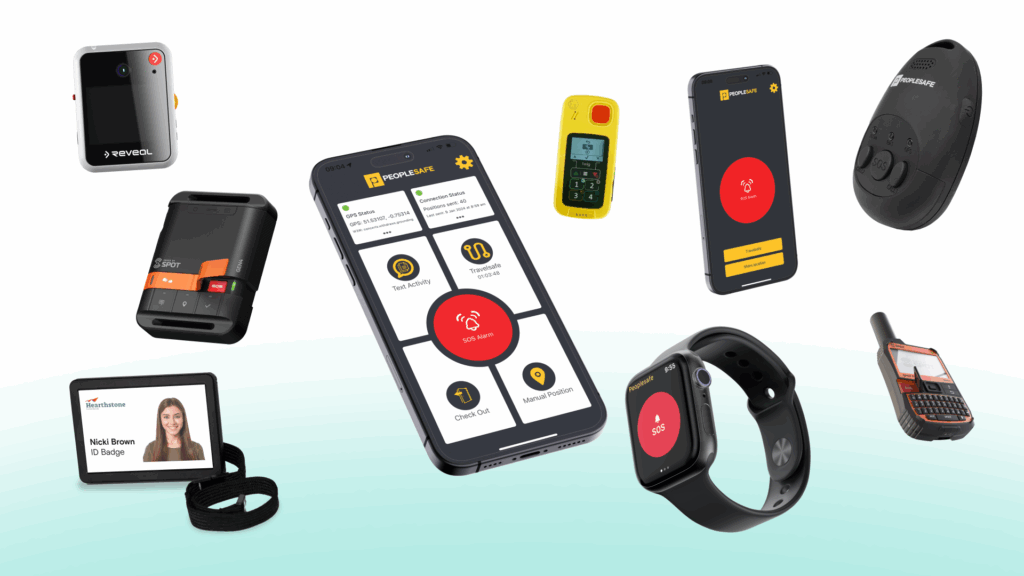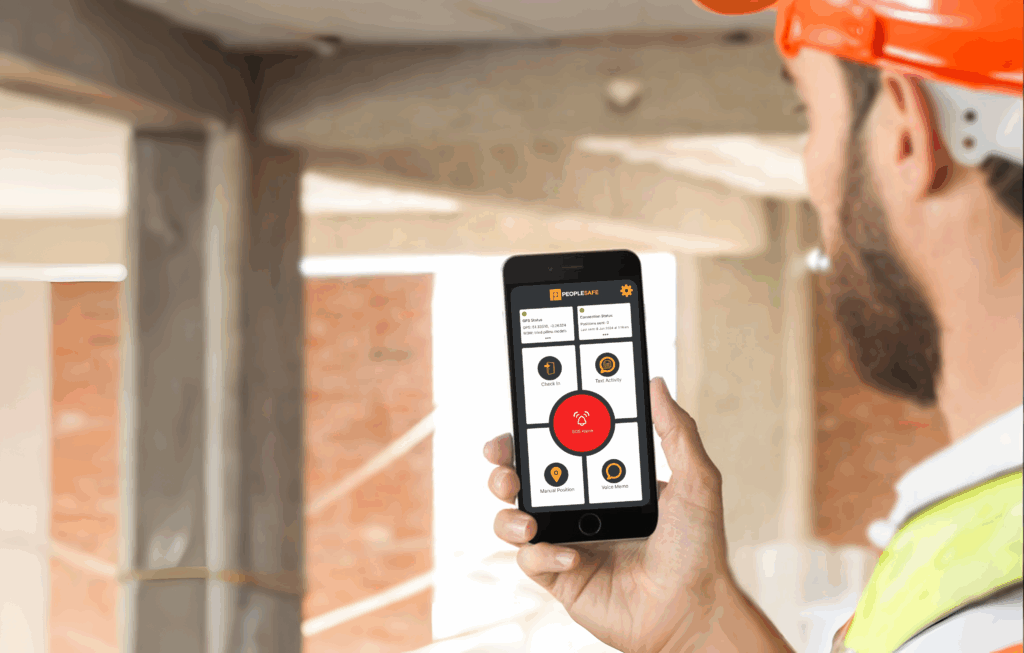Staying Safe While Lone Working: Practical Dos and Don’ts
Every day across the UK, millions of employees go to work in roles without close supervision. In fact, it’s estimated that 22% of the UK workforce, around 8 million people, are classed as lone workers. That includes housing officers, delivery drivers, community nurses, retail staff, engineers and many more.
While not inherently dangerous, lone working can act as a risk multiplier, increasing the severity of any consequences. A hazard that could be minor in a workplace with colleagues nearby, like a trip, an aggressive customer, or a machinery fault, can quickly escalate when help is not immediately available.
This lack of support makes lone workers more vulnerable and means that both employees and employers should take extra steps to reduce the risks they face. Understanding the challenges of lone working is key to creating effective safety strategies.
Here’s a helpful guide on some of the key dos and don’ts of lone working.
Dos of Lone Working
- Let people know your whereabouts – Always make sure someone knows where you are and how long you expect to be there. The most efficient way of doing this is by checking-in using a personal safety service, saving time for both workers and managers. Manual methods, including shared calendars and sending messages (e.g. WhatsApp or SMS) to a ‘buddy’, are better than having nothing in place, but may be less reliable and slower in an emergency.
- Complete a dynamic risk assessment – Before and during each task or visit, constantly assess the risks around you. Stay aware of changing conditions, the people present, and the tasks being performed, and adjust your actions according to the changing circumstances.
- Follow relevant safety guidelines – Stick to established safe working practices, including the use of PPE, control measures, and procedures specific to your role, and always adhere to your organisation’s Lone Working Policy when working alone.
- Carry a personal safety alarm – Technology such as a personal safety app or device gives lone working employees a direct line to help in an emergency, even when support isn’t physically nearby. To ensure support is always accessible when you need it, regularly check that your equipment is working and make sure your mobile phone and lone worker device are charged.
Don’ts of Lone Working
- Don’t be complacent and assume you’re safe – Just because you’ve visited the same site or met the same client many times before doesn’t mean nothing can go wrong. Always stay aware and follow key safety protocols.
- Don’t attempt anything that cannot be done safely – If a job requires more than one person, such as heavy lifting, working at height, or visiting an aggressive service user, don’t attempt it alone. It’s always better to come back to a task with support than to risk injury or escalate a dangerous situation.
- Don’t take unnecessary risks – Cutting corners or rushing increases the chance of an incident. Always weigh up the risks before proceeding and take a cautious approach.
- Don’t be afraid to trust your instincts – If a situation feels unsafe, trust your gut and remove yourself as soon as possible. Your safety is always more important than completing the task.
- Don’t ignore near misses – Treat them as warnings and report them; they’re often precursors to bigger incidents.
Building a Culture of Safety
Lone working will always carry some level of risk, but by following these best practice tips, you can reduce the chance of harm and keep your workers safer. Employers must also support staff by providing clear policies, training, and access to reliable safety technology.
At Peoplesafe, our solutions are designed to ensure that lone workers are never truly alone. With the ability to raise an alarm to our dedicated Alarm Receiving Centre (ARC) at the push of a button, employees can access emergency help whenever they need it, helping organisations meet their duty of care and giving employees the peace of mind they need to work with confidence.





